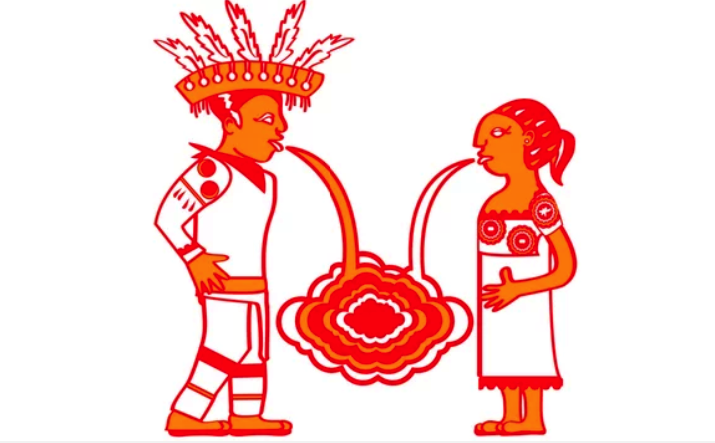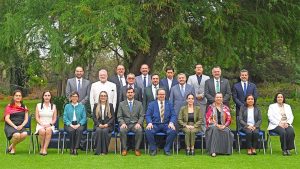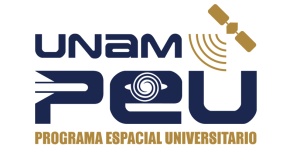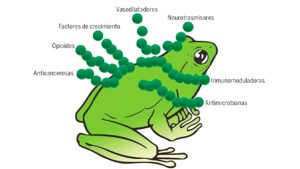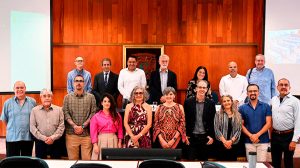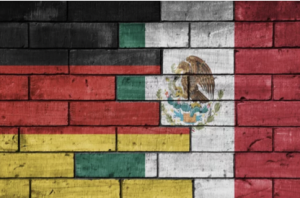UNESCO Recognizes Historic Indigenous Manuscripts Preserved by UNAM
Two colonial-era manuscripts, written in now-extinct Indigenous languages and preserved at UNAM’s National Library of Mexico (BNM), have been added to UNESCO’s prestigious Memory of the World program. These manuscripts are invaluable linguistic artifacts that provide rare insights into cultural exchanges during the viceregal era.
Martha Elena Romero Ramírez, director of the BNM, explained that the manuscripts were identified in 2022 by Indigenous language specialist Tesiu Rosas Xelhuantzi, who discovered them while analyzing historical texts. Written in languages once spoken in northern Mexico, when California was still part of New Spain, these manuscripts had remained largely unexamined.
The first manuscript is a Confessionary, written in 1798 by Juan Cortés during his service at the Santa Barbara Mission in California. It contains Christian prayers and confession guidelines in Barbareño, a language spoken by Indigenous communities in the region. The document became part of the BNM’s collection in 1913 after being donated by the Mexican Ministry of Finance to the country’s historical archives.
The second manuscript, Arte de la lengua teguima y vocabulario de la lengua ore (Art of the Teguima Language and Vocabulary of the Ore Language), was written by Natal Lombardo between 1685 and 1698. It is in Ópata, an extinct language once spoken in Sonora. Its second section is particularly significant, as Rosas Xelhuantzi identified it as the only known colonial-era dictionary in Ópata—a document previously thought to be lost.
Romero Ramírez noted that these manuscripts join other UNAM holdings recognized by UNESCO, including some of Mexico’s earliest printed works from the 16th century. Their inclusion in the Memory of the World program highlights their significance as testaments to linguistic diversity and the lasting impact of colonization on Mexico’s Indigenous languages.
